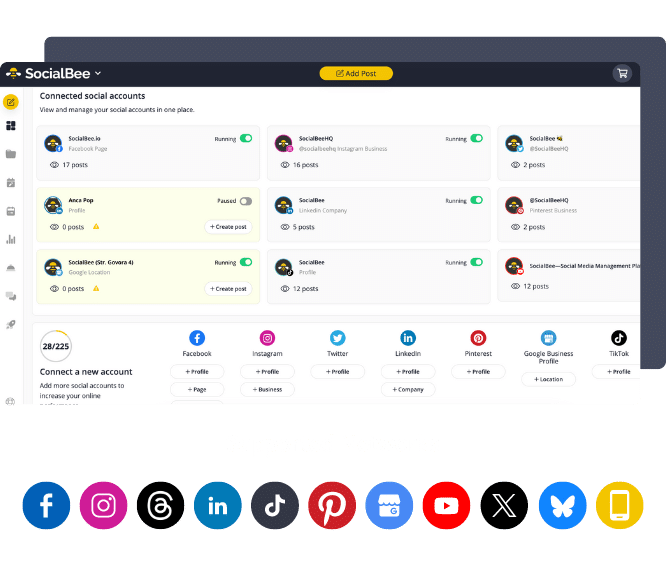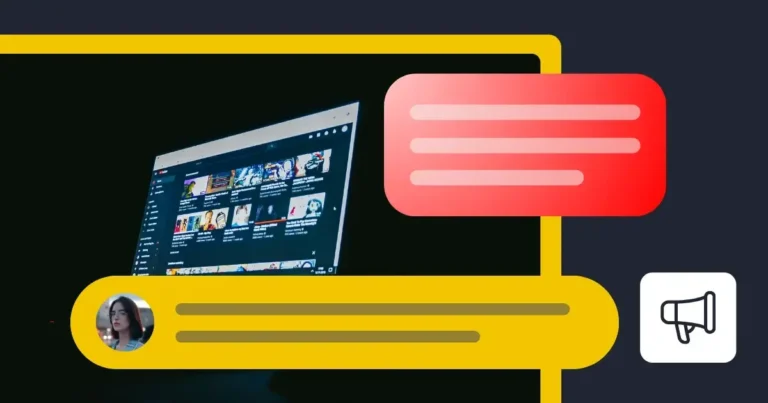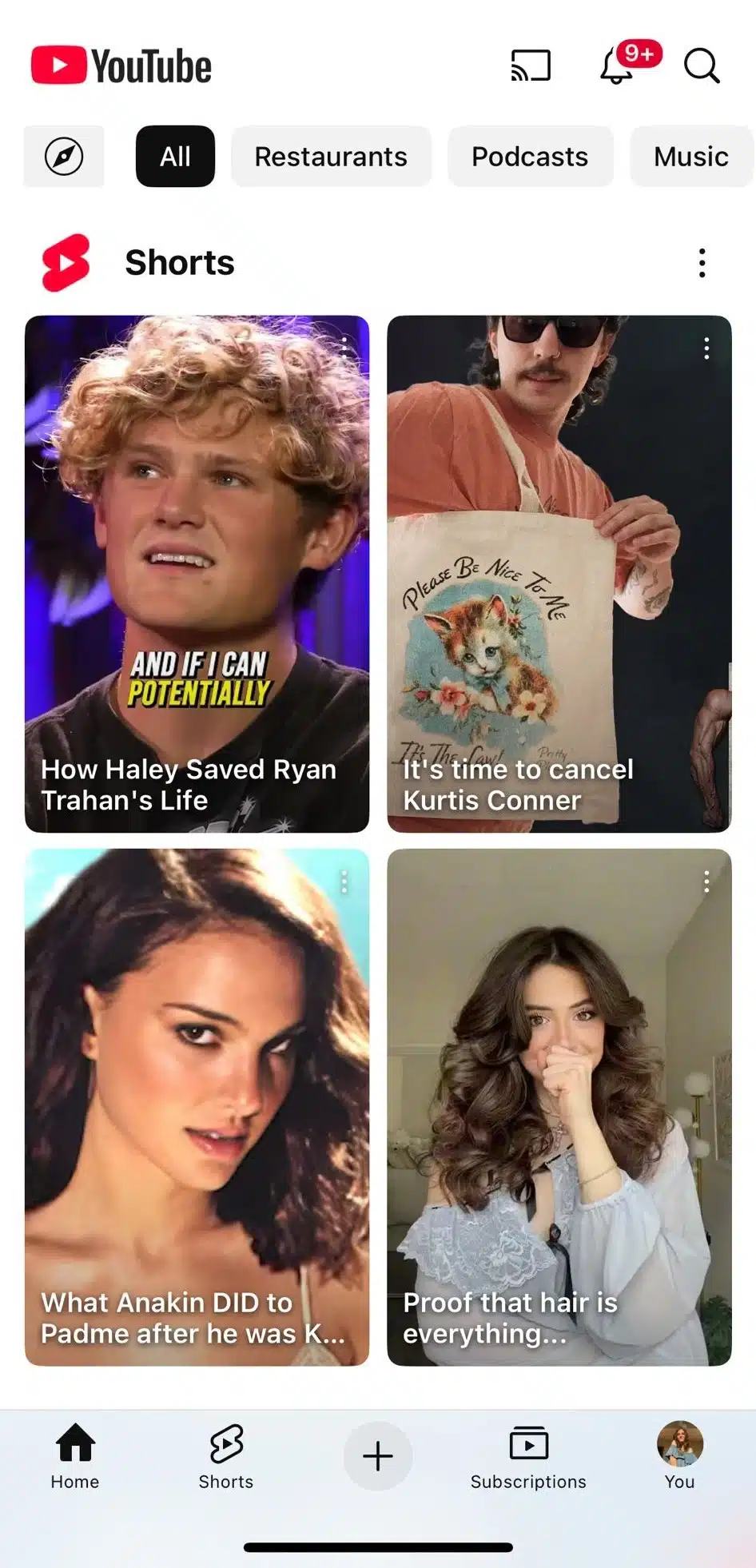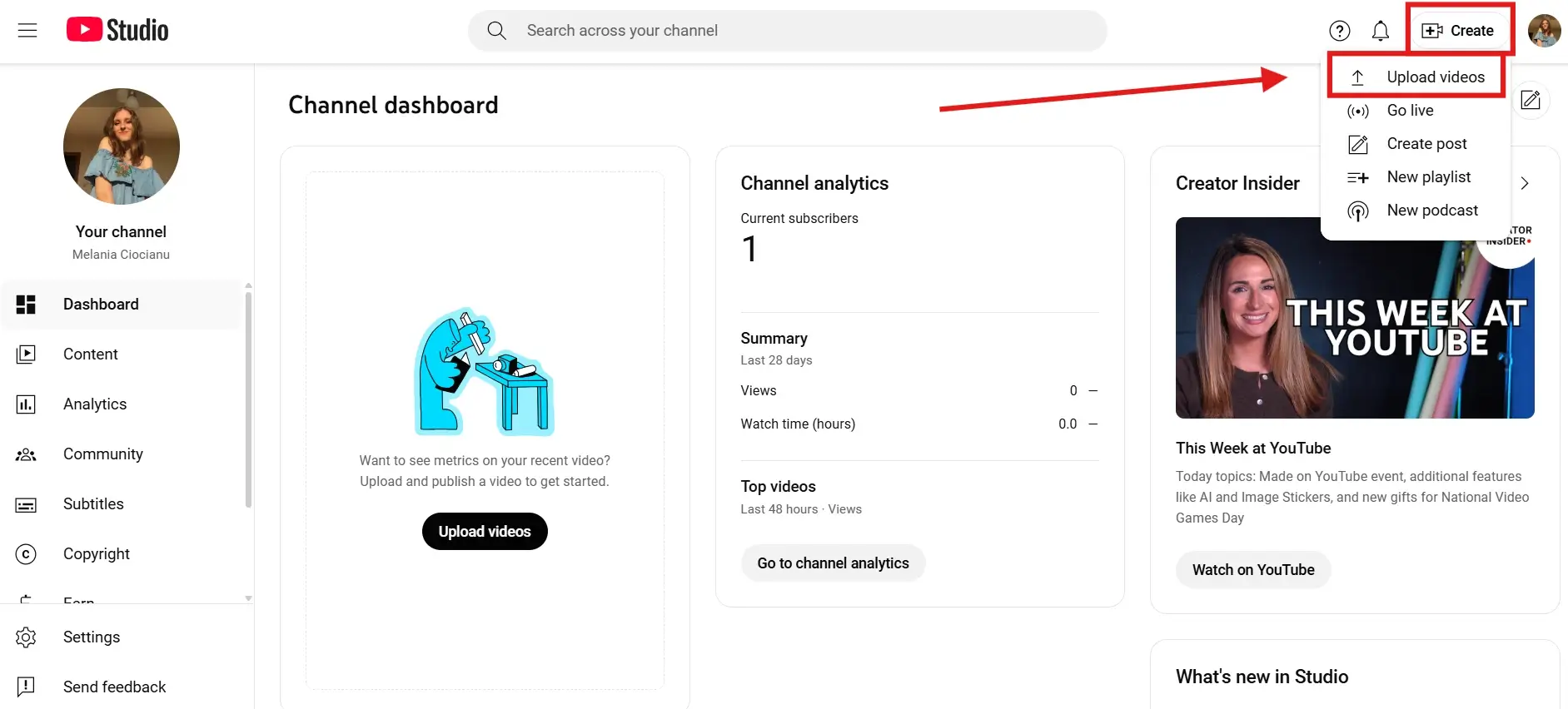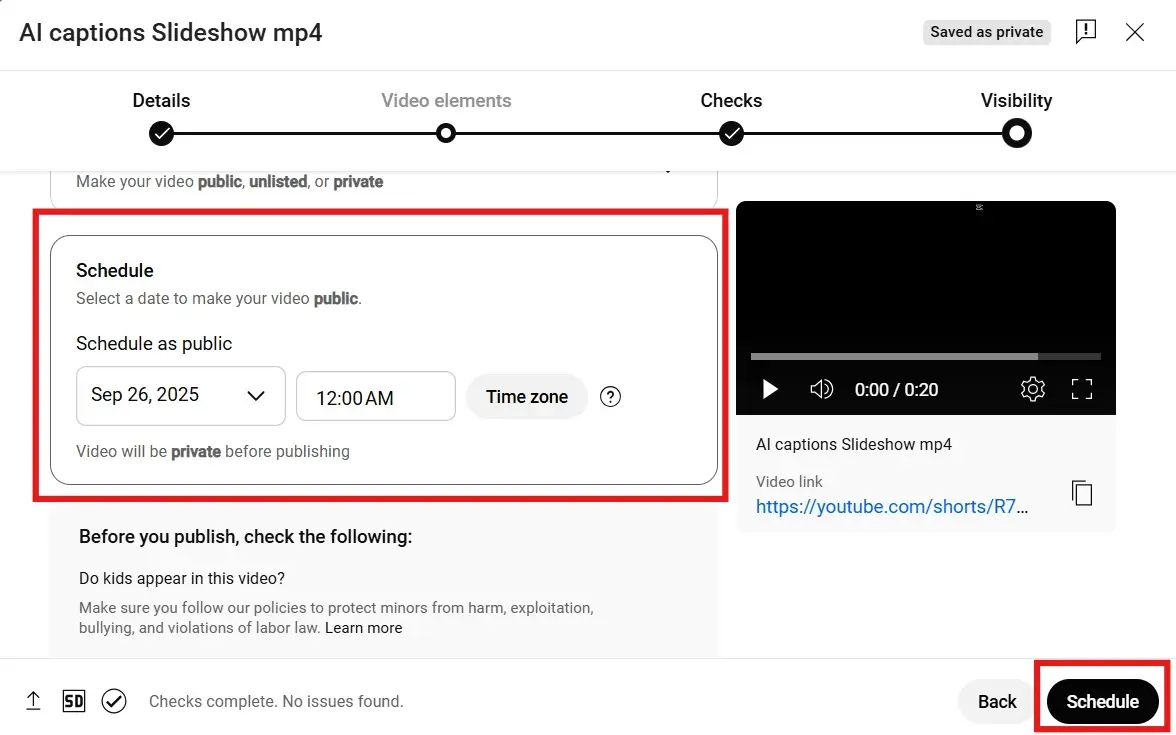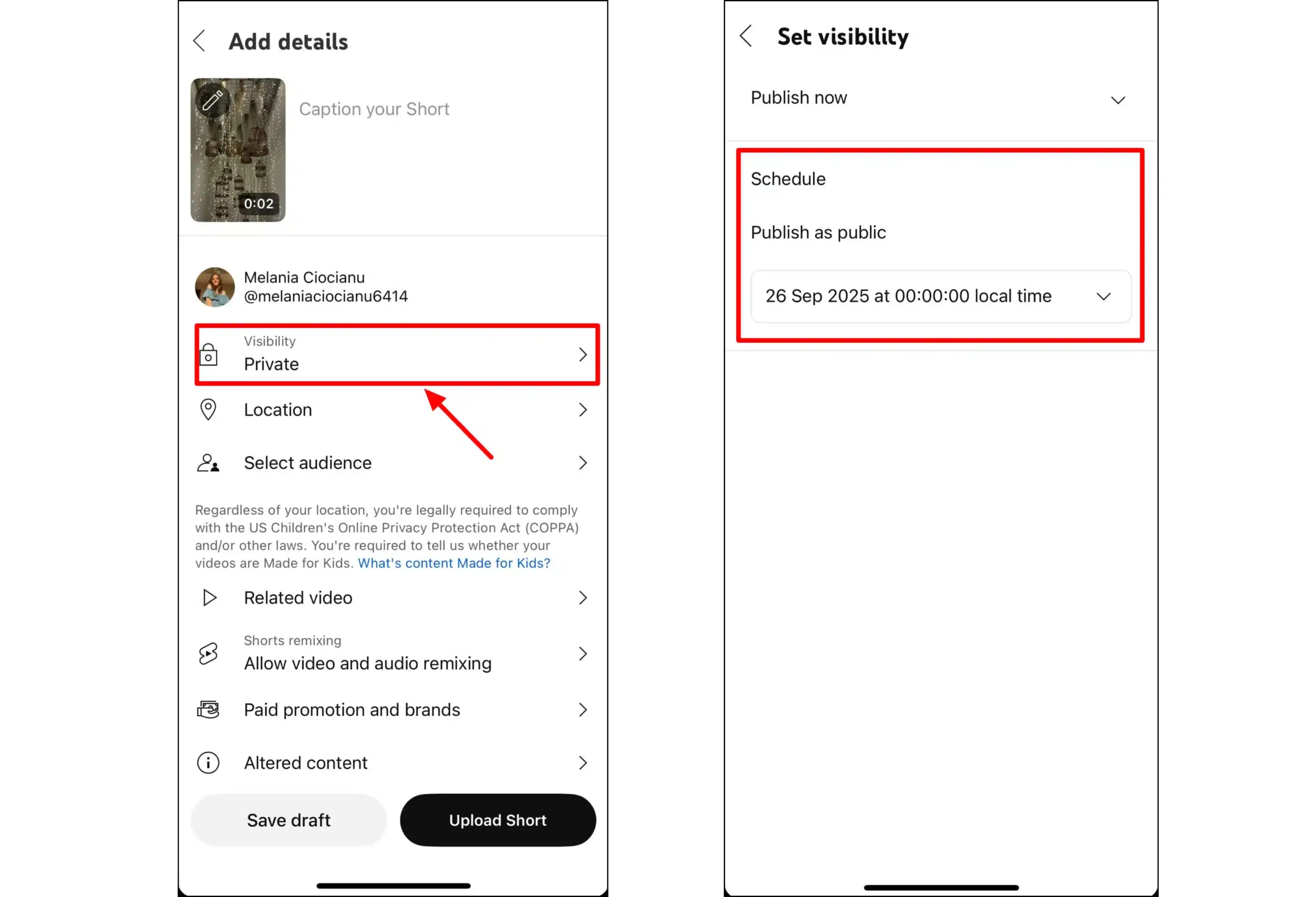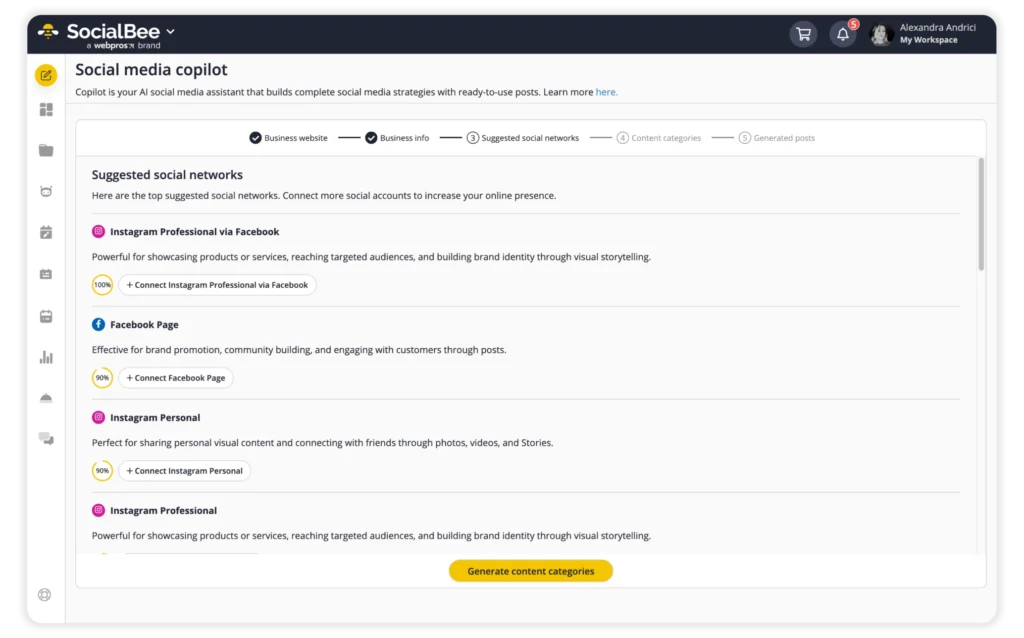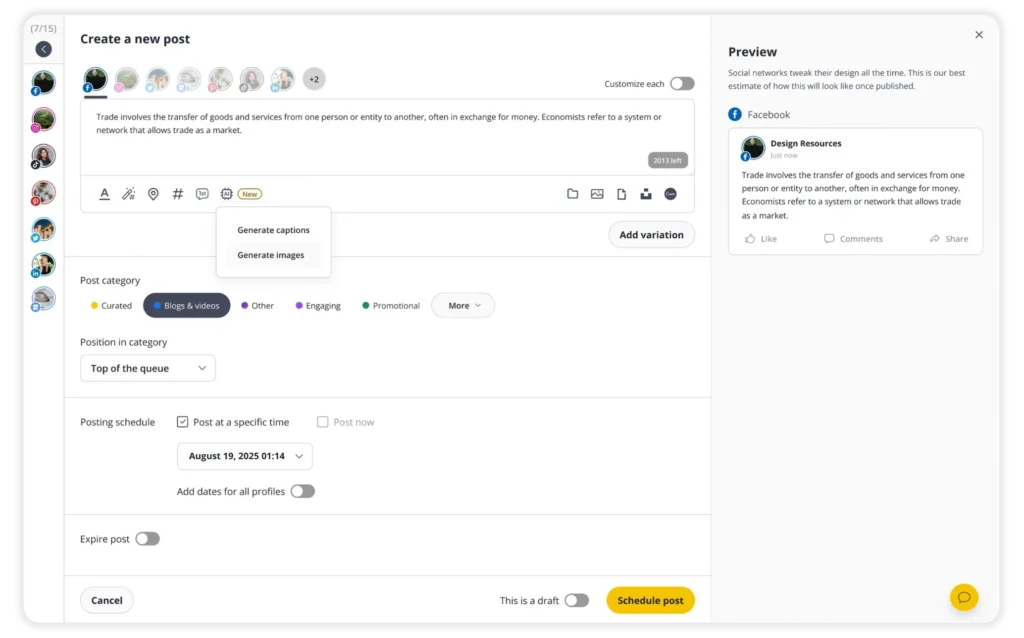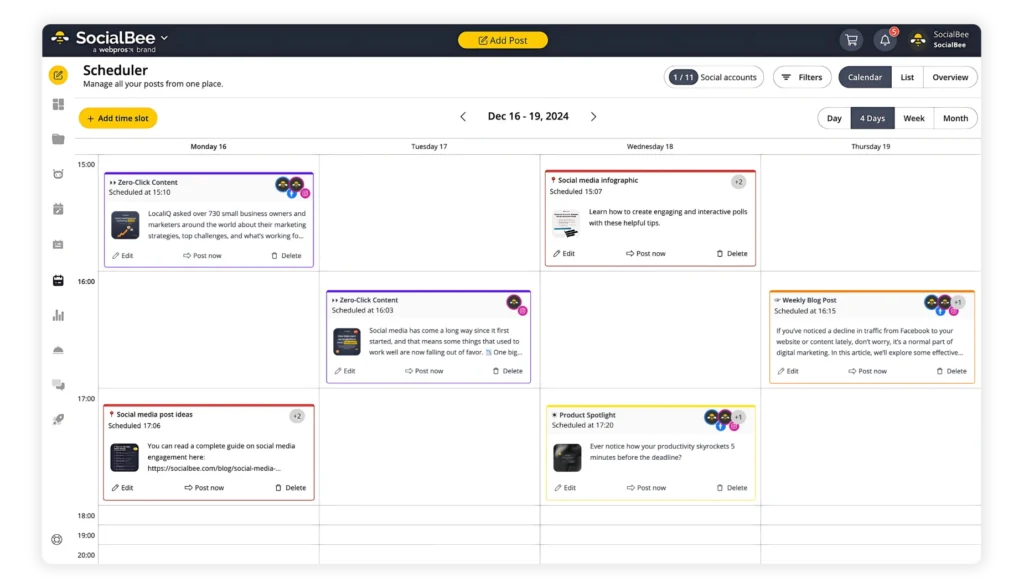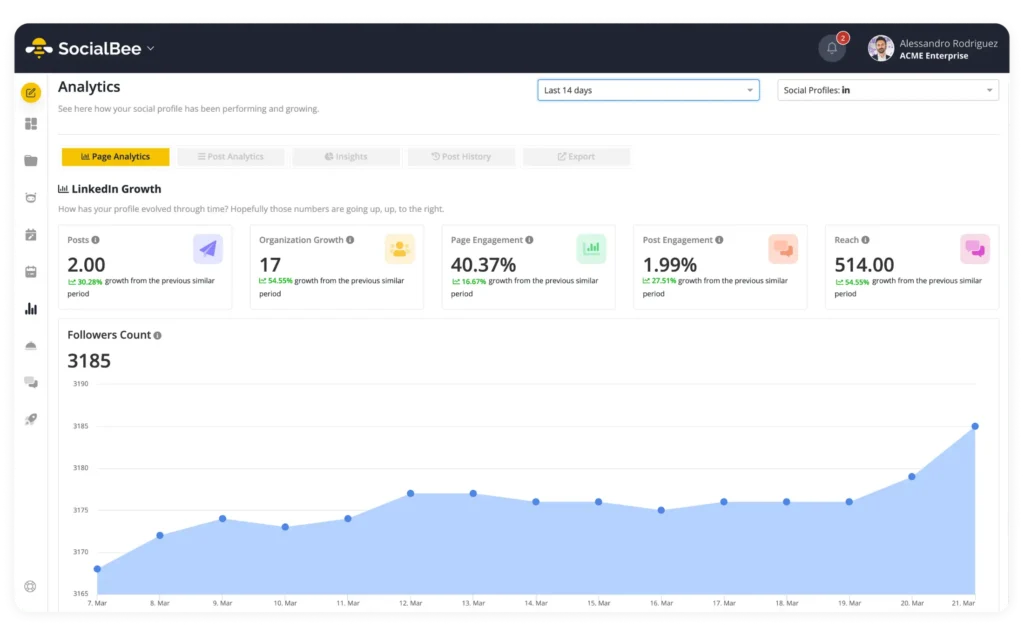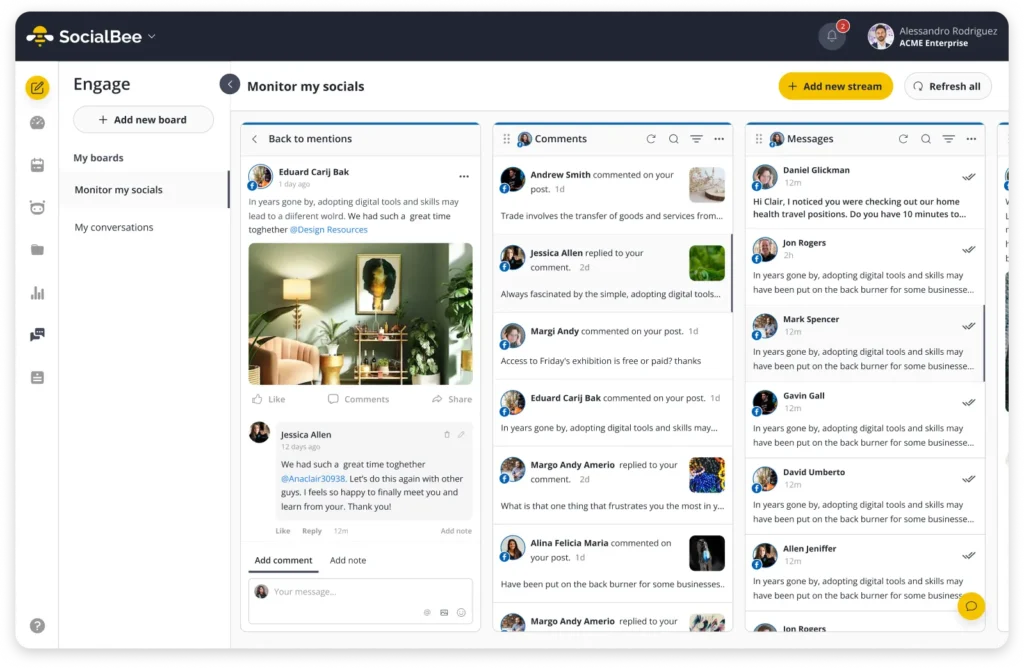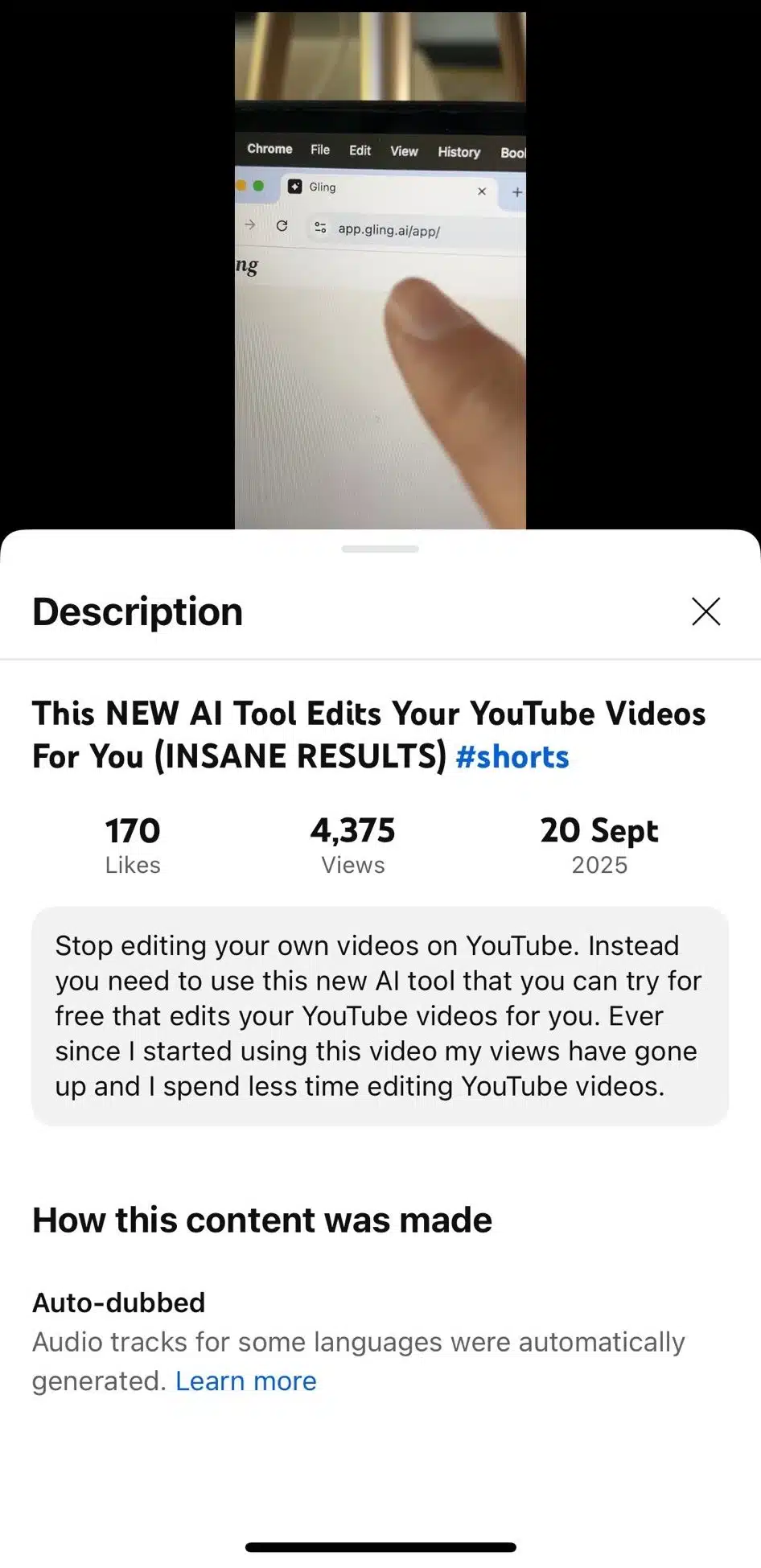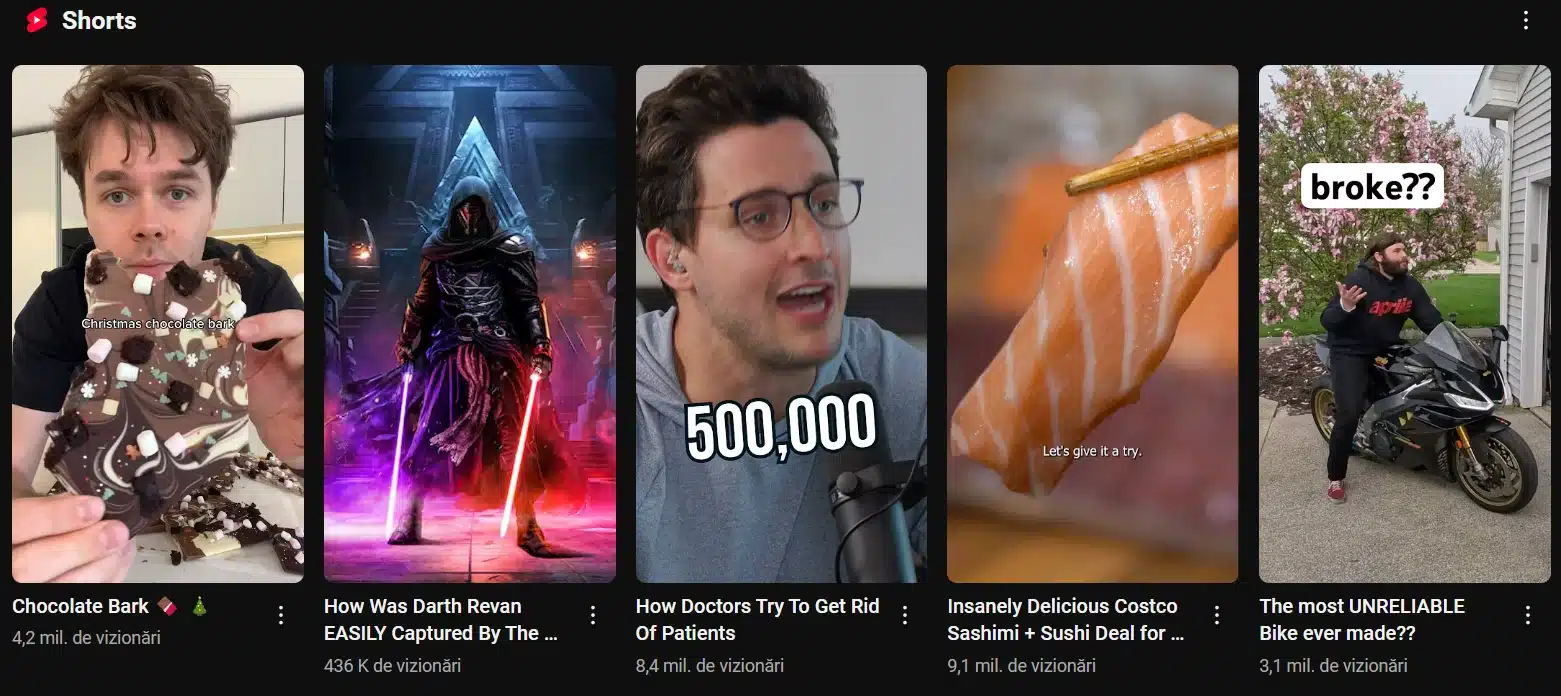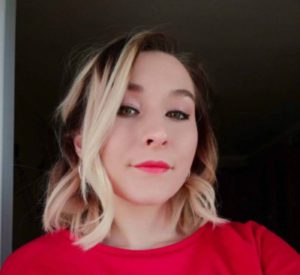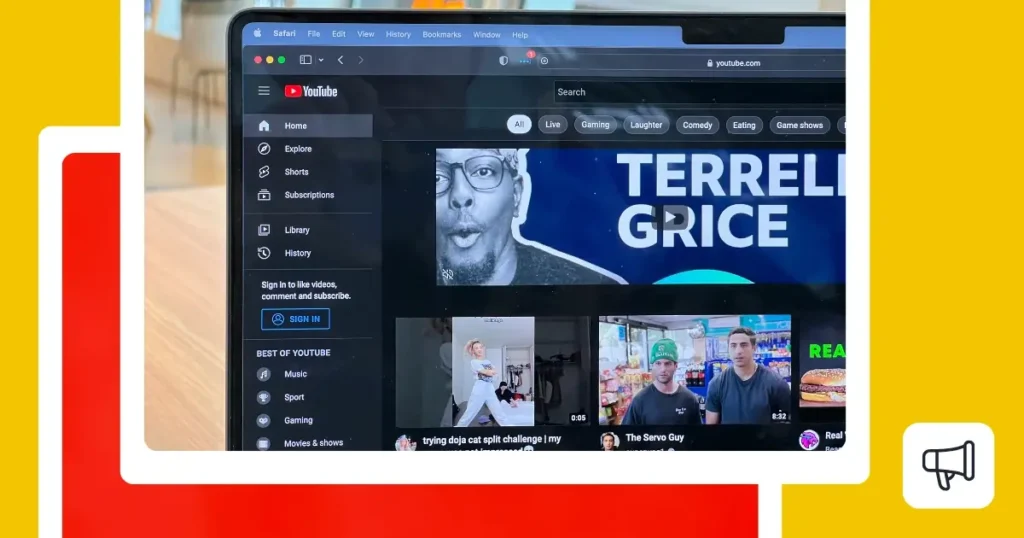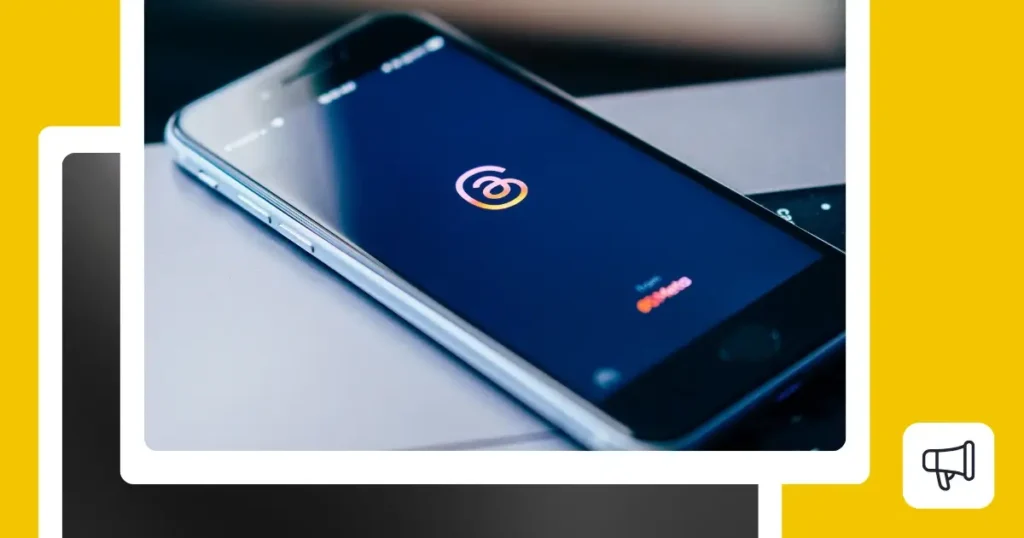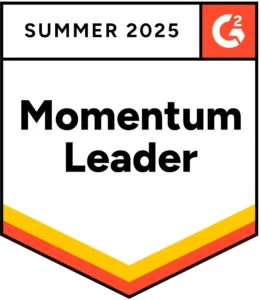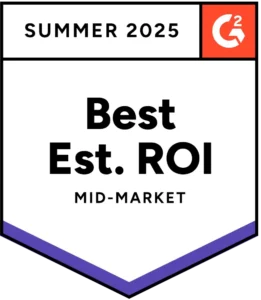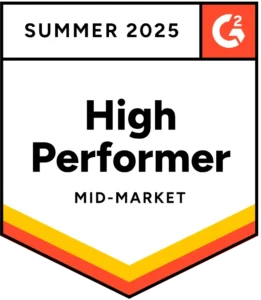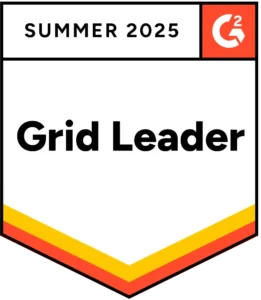
Content Writer at SocialBee
Scheduling is the simplest way to keep your YouTube channel active without rearranging your day. If you’ve wondered how to schedule YouTube Shorts, the bottom line is this: plan your short video in advance, set a specific time zone and date, and let it publish while you focus on creating the next one.
You can schedule YouTube Shorts natively in YouTube Studio on desktop or in the YouTube app. Both let you upload videos, add video details, pick a scheduled publish time from the visibility dropdown menu, and click Schedule. Used well, these native tools help you post at the right time, keep titles clear, and stay consistent without logging in at the last minute.
If you manage multiple videos, multiple YouTube channels, or want to plan Shorts alongside Instagram Reels and other social media channels, a content calendar helps you stay organized. In this guide, you’ll learn step by step how to schedule Shorts in YouTube Studio, how to schedule from mobile, and how to use SocialBee to plan across multiple platforms.
We’re SocialBee LABS SRL, part of WebPros. We use the information you provide to share relevant content and product updates, as outlined in our Privacy Policy. You can opt out anytime.
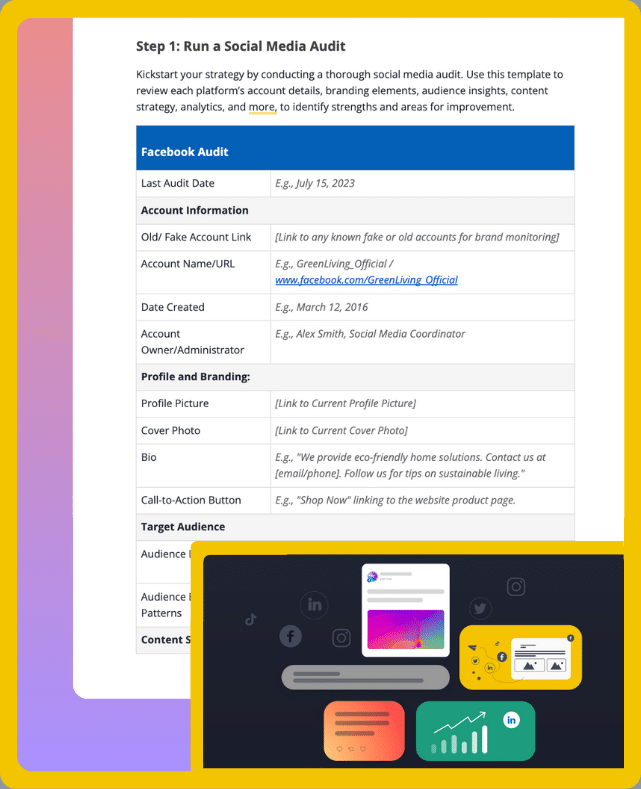
Short summary
- Scheduling YouTube Shorts keeps your channel active, saves time, and ensures a consistent posting schedule.
- You can schedule Shorts natively in YouTube Studio on desktop or through the YouTube app.
- Both let you upload videos, add video details, set a scheduled publish time, and confirm with one click.
- For creators managing multiple videos, multiple YouTube channels, or other social media channels, SocialBee is your all-in-one YouTube management tool for creating, scheduling, publishing, collaborating, analyzing, and managing comments from one place.
- Best practices for scheduling YouTube Shorts include posting at peak audience times, writing keyword-rich titles and descriptions, using custom thumbnails, creating series, repurposing Shorts for Instagram Reels and TikTok, and balancing short videos with long-form content.
What are YouTube Shorts?
YouTube Shorts are short-form vertical videos that run up to sixty seconds and use a 9:16 aspect ratio. They are designed to be quick, entertaining, and easy to watch on mobile. Shorts show up in their own feed, but they also appear on the homepage, in subscriptions, and in search results.
This wide distribution makes them one of the most effective ways for creators and small businesses to reach more viewers in less time, attracting over 2 billion monthly users and recording 200 billion views daily.
Why should you schedule YouTube Shorts?
Scheduling YouTube Shorts is important because it lets you post regularly. A steady upload rhythm tells both your audience and YouTube’s algorithm that your channel is active. When people know new Shorts will appear at set times, they’re more inclined to come back and interact. Scheduling also lets you publish at the specific time of day when your audience is most active, which can improve watch time and visibility.
Another advantage is efficiency. Instead of logging in every day to upload one Short at a time, you can prepare multiple videos in a single session, fill in your video details, and set a scheduled publish time for each one. This approach saves hours over the course of a week and helps you keep a content calendar aligned across multiple YouTube channels or even other social media channels such as Instagram Reels and Facebook.
Finally, scheduling frees you from being tied to your phone or computer at the moment of posting. Once a Short is uploaded and scheduled, YouTube will automatically post it for you. This flexibility makes it easier to stay consistent while focusing your energy on generating new video ideas and creating better content.
Schedule YouTube Shorts with YouTube Studio (desktop)
YouTube Studio is one of the main ways to schedule YouTube Shorts from your computer. The setup is straightforward and lets you manage every part of your video details and publishing schedule.
Step 1: Visit studio.youtube.com and sign in with the Google account linked to your YouTube channel. In the top right corner, click Create and then Upload videos.
Step 2: Select the short video you want to schedule. Make sure it meets the Shorts format with a vertical aspect ratio and a length under sixty seconds. Drag and drop the file or choose Select files to upload.
Step 3: Enter an attention-grabbing title that matches your audience’s expectations. Fill out the description with clear information and add relevant hashtags to help YouTube categorize the video. This is also the place to add links, captions, and any other details viewers need.
Step 4: The last step in the upload process is the Visibility section. Instead of publishing right away, choose Schedule. Set the specific day, time, and time zone when you want the Short to go live.
Step 5: Click Schedule to confirm. The video will appear in your Content tab marked as a scheduled video. It will automatically post at the date and time you selected, keeping your channel active without manual effort.
If you need to adjust a scheduled publish time, go to the Content tab in YouTube Studio and filter by Scheduled. Find the video, click Edit draft, and update the timing or video details. You can also choose to publish the video immediately by selecting Public and clicking Save.
Schedule YouTube Shorts from your phone (YouTube mobile app)
The YouTube app is useful for scheduling Shorts on the go, especially if you record or edit YouTube videos directly on your phone.
Step 1: Open the YouTube app, tap the + icon, and choose either Upload a video or Create a Short to create a post.
Step 2: Enter the video’s title, write a description, and add hashtags. Keep it simple and clear so users understand the Short immediately.
Step 3: In the video upload options, tap Visibility. Instead of publishing right away, select Schedule. Choose the date, time, and time zone when the video should go live.
Step 4: Tap Schedule post to confirm. The video will appear in your dashboard as scheduled and will automatically publish at the set time.
Tip: If you travel or manage multiple YouTube channels, always confirm the correct time zone in your settings before scheduling your Shorts ahead of time. This prevents YouTube content from going live at the wrong hour and ensures your posting calendar stays consistent.
Schedule YouTube Shorts with SocialBee
YouTube Studio gives you the basics, but it only lets you schedule one Short at a time. For creators managing multiple videos, multiple YouTube channels, or cross-posting to other social media channels, that quickly becomes limiting. SocialBee solves this by offering batch scheduling, AI tools, and a visual content calendar so you can plan your Shorts alongside Instagram Reels, TikToks, and Facebook videos in one workflow.
Step 1: Connect your YouTube channel to SocialBee
From your SocialBee dashboard, add YouTube as a new profile. This process takes just a few clicks:
- Go to Connect a new account and choose YouTube.
- Sign in with your YouTube channel credentials and grant access.
- Your channel will now appear in your dashboard.
If you manage multiple YouTube channels, repeat this step for each one.
Step 2: Use AI Copilot to create your posting strategy
Start by using SocialBee’s AI Copilot to outline your overall content approach. Copilot analyzes your goals and helps you:
- Define the right posting categories for your content.
- Set up a balanced schedule across YouTube Shorts, Instagram Reels, TikTok, and other channels.
- Get personalized posting time recommendations based on audience engagement.
Step 3: Upload your Short in the Post Editor
Click Add Post or open a content category to start uploading. In the Post Editor, you can:
- Upload your short video file.
- Write descriptions, captions, and hashtags.
- Schedule your first comment alongside the video.
- Decide whether to publish immediately, schedule at a specific time, or assign it to a recurring category.
- Preview the Short before saving.
Step 4: Customize video details
Before you schedule, make sure your Short is optimized:
- Add an attention-grabbing title.
- Write descriptions that include relevant keywords.
- Generate hashtags in seconds with AI, then save them into reusable collections.
- Adjust any details to match audience expectations.
- Decide whether you want your video to be Public or Private.
Step 5: Organize with the content calendar and content categories
In SocialBee, your calendar is structured around categories instead of individual posts. Categories act like buckets for your content. For example, you might create “Tips,” “Promotions,” and “Engagement” categories. Each category has its own posting schedule that tells SocialBee when to pull content from it and publish.
Here’s how it works:
- Create categories that fit your YouTube content strategy (e.g., Shorts with tutorials, Shorts with behind-the-scenes clips, Shorts with promotions).
- Assign each Short you upload to the right category.
- Add a time slot in your calendar for that category (for instance, every Tuesday at 6 p.m. for “Tips”).
- SocialBee will automatically publish posts from that category at the scheduled times, keeping your posting rhythm consistent.
Step 6: Schedule your Shorts
Once your categories and time slots are set, your Shorts can be scheduled automatically. You can still choose to publish at a specific time if you want full control, but categories make recurring scheduling effortless.
Step 7: Track performance with analytics
After your Short goes live, use SocialBee’s analytics to track performance. You can see views, comments, and engagement trends, helping you adjust your posting times, categories, or content strategy based on results.
Step 8: Manage conversations in the Engage tab
Beyond scheduling, SocialBee also centralizes audience interaction. From the Engage tab you can:
- Reply directly to comments on your YouTube Shorts.
- Stay on top of viewer questions and feedback without switching platforms.
- Manage engagement across multiple channels from one dashboard.
Why choose SocialBee for YouTube Shorts?
Native scheduling in YouTube Studio only covers one channel at a time and lacks advanced planning tools. With SocialBee you can:
- Schedule Shorts in batches across multiple YouTube channels.
- Post to multiple platforms in the same workflow (Shorts, Reels, TikToks, and Facebook videos).
- Collaborate with your team by leaving notes, requesting edits, and approving content.
- Use AI to create stronger titles, descriptions, and posting times.
- Keep everything organized with a content calendar and categories.
This combination makes SocialBee a more powerful option than relying only on YouTube Studio, especially if you need to save time, stay consistent, and manage multiple platforms at once.
Best practices for scheduling YouTube Shorts
Scheduling Shorts makes publishing easier, but to truly benefit from it, you need more than just setting a date and time. A smart strategy ensures your scheduled videos don’t just go live, but actually reach and engage viewers. These best practices will help you use scheduling as a tool for growth rather than just convenience.
1. Research and post at peak audience times
Shorts perform best when they quickly collect views, likes, and comments. If you post when your audience is asleep or distracted, you lose that momentum. Check your YouTube Analytics to see when viewers are online and align your scheduled publish time with those hours.
For example, if your data shows your audience is most active on weekday evenings, queue your Shorts for 6 or 7 p.m. Publishing at the best time helps your channel appear in more feeds and improves your odds of earning more views.
2. Write clear, keyword-rich titles and descriptions
Your title is often the only thing a viewer sees before deciding to watch. Make it short, direct, and keyword-focused so both viewers and the algorithm know what your Short is about. Descriptions should expand on the idea, include hashtags, and add relevant links or calls to action.
Think of this step as building the “metadata” that sells your video before anyone presses play. A Short with vague or generic details will struggle to compete against videos with clear, searchable information. These elements contribute to your YouTube SEO, bringing you higher on the results page.
As Robert Benjamin, who has successfully helped over 200,000 people and businesses grow their accounts since he started his social media consulting business, explains, “So many of you right now are making the mistake of looking at big channels within your niche and just copying their titles… You want to be looking at what has worked for small channels because if it’s worked for a small channel that doesn’t already have a large audience, that means it’s a good title.”
Here is how Robert himself puts this into action:
Take inspiration from channels in your niche that are close to the size of your own audience so you can see what truly works for you and your content.
3. Add custom thumbnails instead of auto-generated ones
Auto-generated thumbnails rarely capture the best moment of your video. A custom thumbnail gives you control over the first impression. Use contrasting colors, bold fonts, and imagery that tells viewers exactly what the Short is about.
Channels that consistently use custom thumbnails tend to see higher click-through rates. This is especially important for Shorts that appear in search results alongside long-form YouTube videos.
4. Plan Shorts as part of a consistent content series
Viewers engage more when they know what to expect. Treat Shorts as a series rather than random uploads. A travel creator could post “60 Seconds in Paris” every Thursday, while a business channel might release “One-Minute Marketing Tips” on Mondays.
This predictability keeps your posting schedule steady and gives viewers a reason to come back. Over time, a well-planned series becomes part of your channel identity.
“If your retention is good and you combine that with a good swipe rate, videos like this will go viral almost every single time,” says Kellan Henneberry, a social media expert who has managed to amass over 1 billion views from content on YouTube and TikTok.
5. Repurpose Shorts for other platforms
A well-made Short has value beyond YouTube. The same vertical format works on Instagram Reels, TikTok, and Facebook. Repurposing one video for multiple platforms helps you reach more people without creating new content from scratch.
Using SocialBee, you can upload your Short once, then schedule it to automatically post on other social media channels. This saves time and keeps your content calendar aligned across multiple platforms.
6. Mix Shorts with long-form videos
Shorts grab attention quickly, but long-form videos build relationships with viewers. Use Shorts as a gateway to your deeper content. For example, tease a product demo in a Short video, then link to a full review in a longer video.
This approach helps you capture new viewers through Shorts and convert them into subscribers who spend more time with your channel. By balancing short and long content, you create a publishing strategy that supports both reach and retention.
Frequently asked questions
1. Can I schedule Shorts on YouTube without third-party tools?
Yes, you can schedule Shorts directly in YouTube Studio or the YouTube app. Native scheduling lets you upload a video, add titles and descriptions, and set a scheduled publish time so your content goes live automatically without needing another tool.
2. Can I batch-schedule multiple Shorts at once?
No, YouTube does not support batch-scheduling natively, but you can still plan multiple Shorts in one workflow with third-party schedulers. Tools like SocialBee allow you to upload several videos, place them on a content calendar, and schedule them to publish across YouTube and other platforms at specific times.
3. Can I change the schedule after posting?
Yes, you can edit a scheduled Short anytime before it goes live in YouTube Studio. Simply open the Content tab, select the scheduled video, and update the video details or change the publish date and time. You also have the option to publish immediately if you no longer want to wait.
4. Do Shorts need the #shorts tag to perform?
No, the #shorts tag is not required, but it is recommended to help the YouTube algorithm categorize your video correctly. Shorts without the tag can still perform well, but including it in your title or description increases visibility, makes your content easier to find, and improves discoverability in the Shorts feed.
5. What’s the best time to schedule YouTube Shorts?
The ideal time to publish isn’t the same for every channel. It depends on when your audience is most active. Check YouTube Analytics to see the hours your viewers are online and schedule your Shorts around those peaks. For extra accuracy, AI tools like SocialBee’s Copilot can suggest optimal posting windows based on your past performance and engagement trends.
Start scheduling your Shorts today
Publishing Shorts regularly is one of the best ways to grow your YouTube channel, but consistency is tough if you rely only on manual uploads. Scheduling changes that. It keeps your channel active, helps you reach viewers at the right time, and frees you from having to log in every day just to upload a short video.
YouTube Studio and the YouTube app give you the basics, but if you’re managing multiple videos, multiple YouTube channels, or need to plan across platforms, you’ll want a tool that takes you further. That’s where SocialBee comes in. With its visual content calendar, AI for writing descriptions and suggesting the best posting times, and analytics to track performance, you can manage Shorts, Reels, TikToks, and more in the same workflow.
Instead of juggling apps, you organize everything in one place, stay consistent without the stress, and focus on creating the kind of content that gets more views and comments. If you’re ready to save time and keep your channel growing, start your 14-day free trial on SocialBee and see how much smoother scheduling YouTube Shorts can be.
